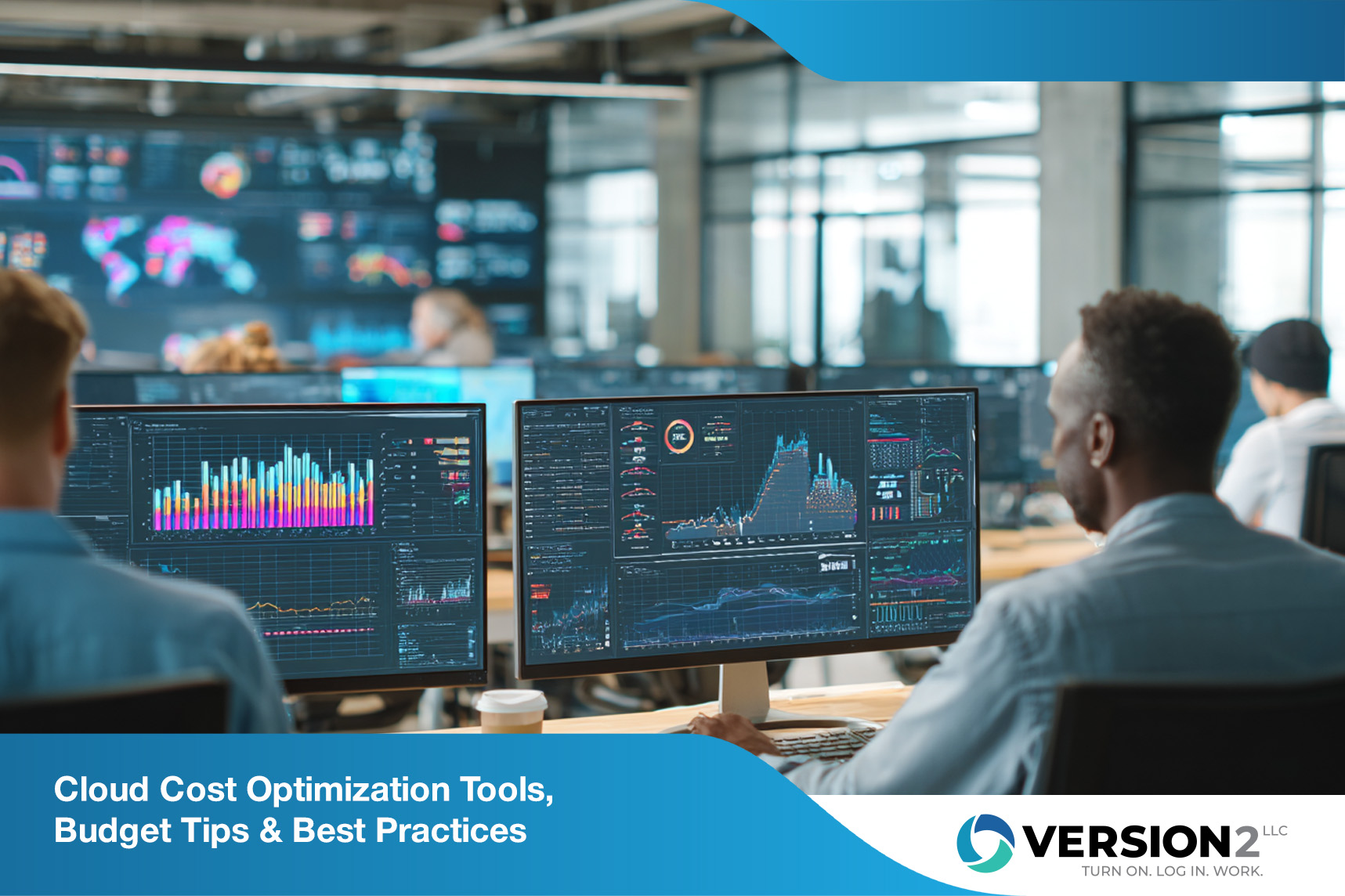
November 27, 2025
Network Firewall Configuration Tips to Secure Your Firewall
Learn how to master network firewall configuration, avoid common mistakes, and secure your systems with proper rules and policies.
October 29, 2025

Managing cloud spend is no longer optional—it's essential. As cloud usage grows, so do the risks of overspending. This blog covers the most effective cloud cost optimization strategies, tools, and best practices for 2025. You’ll learn how to gain visibility into your cloud environment, control your budget, and make smarter decisions across AWS, Azure, and Google Cloud. We’ll also explore how FinOps teams and automation can help you optimize cloud usage and reduce waste.
Cloud cost optimization means using the right strategies and tools to reduce unnecessary cloud spending while still meeting performance and business needs. As more companies shift workloads to the cloud, it's easy to lose track of costs without proper visibility and planning.
Without optimization, your cloud bill can quickly spiral out of control. This is especially true when using multiple cloud providers or scaling software development projects. By focusing on cost management and automation, you can align your cloud investments with your business goals and avoid waste.

If you want to control cloud costs, you need a plan. Below are six practical strategies that can help you reduce waste and improve efficiency.
Start by defining a cloud budget for each department or project. Use historical data and growth trends to forecast future usage. This helps you avoid surprises and plan ahead.
Reserved instances offer lower rates for long-term commitments, while spot instances are great for flexible workloads. Both can lead to significant cost savings if used correctly.
Many cloud resources run 24/7 when they don’t need to. Use automation to shut down non-production environments during off-hours. This simple step can reduce cloud costs fast.
Oversized virtual machines and underused storage are common issues. Use monitoring tools to analyze your cloud usage and adjust resources to match actual demand.
Dashboards help teams see where money is going. A good dashboard breaks down costs by service, team, or project, making it easier to identify and fix overspending.
FinOps is a framework for managing cloud spend across finance, IT, and operations. It encourages collaboration and accountability, helping teams make cost-aware decisions.
Here’s what you gain by optimizing your cloud spend:

A cloud cost optimization platform helps you track, analyze, and manage your cloud expenses. These tools integrate with major cloud providers like AWS, Azure, and Google Cloud. They offer features like cost allocation, usage tracking, and billing alerts.
Platforms like Flexera and others can also automate reporting and provide recommendations for cost savings. When used correctly, these tools can simplify cost management and support better decision-making across your organization.
The right tools make a big difference. Here are five types of tools that support cloud cost optimization:
These tools provide detailed insights into your cloud bill. They help you understand where money is going and why.
Tagging helps you assign cloud costs to specific teams, projects, or departments. This makes cost allocation easier and more accurate.
Automated scripts can shut down unused resources or scale services based on demand. This reduces waste and improves efficiency.
These tools help you plan future cloud usage and set realistic budgets. They also alert you when spending exceeds limits.
FinOps tools support cross-team collaboration. They provide shared dashboards and reports to align finance and IT on cloud spending goals.

Start by auditing your current cloud environment. Identify unused or underused resources and eliminate them. Next, set up cost allocation rules and tagging standards to track spending by team or project.
Then, introduce automation to manage workloads and schedules. Finally, train your teams on best practices for cloud cost optimization and review performance regularly. These steps will help you build a culture of cost awareness and accountability.
Follow these tips to get the most from your cloud investments:
These practices help you stay in control and avoid budget surprises.

Are you a business with 10 to 100 employees looking to get your cloud spending under control? If you're growing fast, it's easy to lose track of cloud usage and costs. That’s where we come in.
At Version 2, we help businesses like yours implement smart cloud cost optimization strategies. From tool selection to automation and FinOps alignment, our team works with you to reduce waste and improve visibility. Contact us today to see how we can help you manage your cloud more effectively.
Start by identifying unused or underused cloud resources. Use automation to shut down idle services and right-size your workloads. This lets you reduce cloud costs while maintaining performance.
Also, consider using reserved instances or spot instances for predictable or flexible workloads. These options offer better pricing and can lead to significant cost savings over time.
Use consistent tagging and cost allocation methods to track spending by team or project. Set budgets and use forecasting tools to plan ahead. These best practices help you stay in control.
Also, review your cloud usage regularly and involve your FinOps team to align financial goals with IT operations. This ensures accountability and smarter decision-making.
A FinOps team brings finance, operations, and engineering together to manage cloud spend. They help set budgets, track usage, and guide optimization efforts.
By promoting visibility and collaboration, FinOps practices ensure everyone understands the cost impact of their cloud decisions. This leads to more efficient cloud usage.
There are many tools that help with cloud cost management, including dashboards, automation platforms, and budgeting software. These tools improve visibility and control.
Some platforms also offer real-time alerts, cost forecasting, and integration with AWS, Azure, and Google Cloud. Choose tools that match your business size and cloud environment.
Start by analyzing past cloud usage and identifying trends. Use this data to forecast future needs and set a realistic cloud budget.
Include buffer room for growth and unexpected spikes. Regularly compare actual spending to your forecast and adjust your budget as needed.
Cost allocation helps you assign cloud expenses to specific teams or projects. This improves accountability and makes it easier to control cloud costs.
When everyone knows what they’re spending, they’re more likely to optimize their usage. Use tagging and reporting tools to support accurate allocation.

November 27, 2025
Learn how to master network firewall configuration, avoid common mistakes, and secure your systems with proper rules and policies.

November 26, 2025
Discover email security best practices to protect your business from phishing, spam, and other email threats. Learn practical steps and tools that work.

November 24, 2025
Learn how business password management helps protect your company from breaches, streamline access, and secure sensitive data with the right tools and policies.